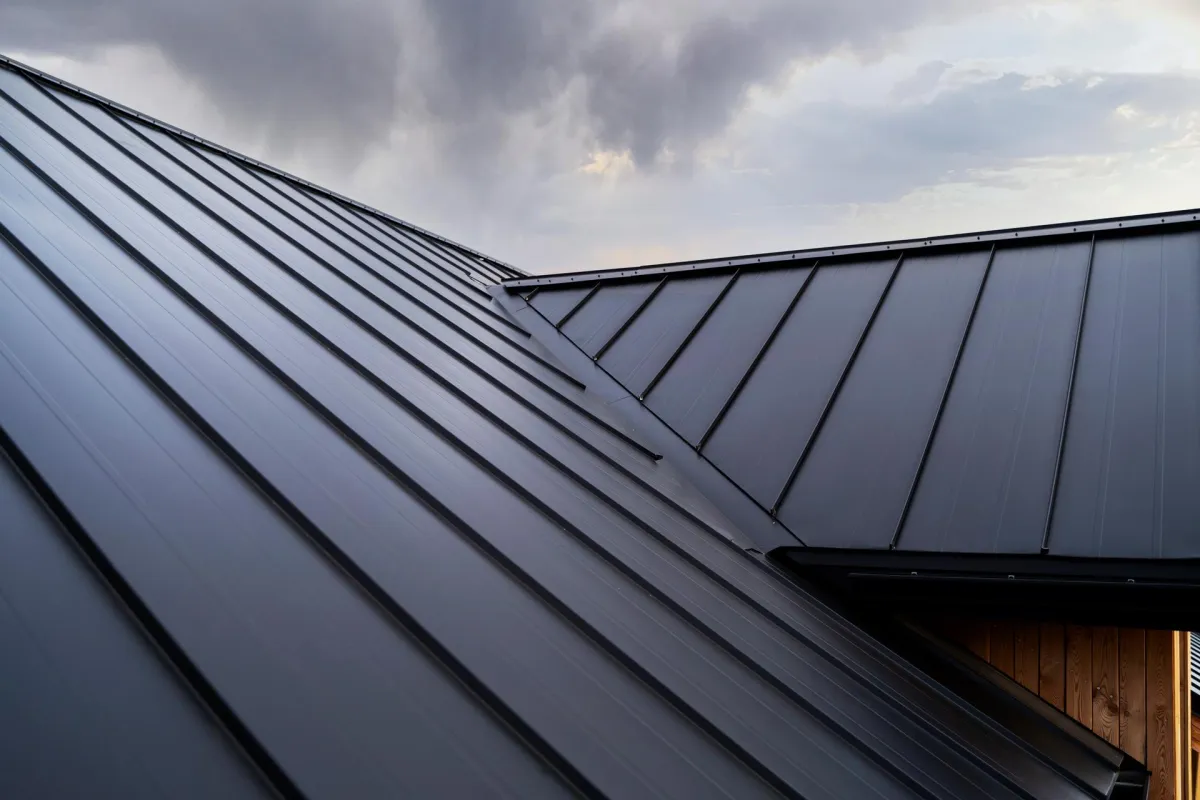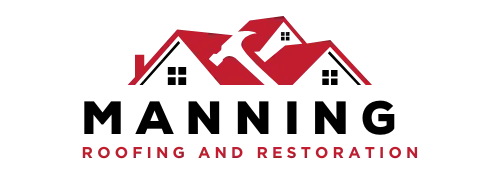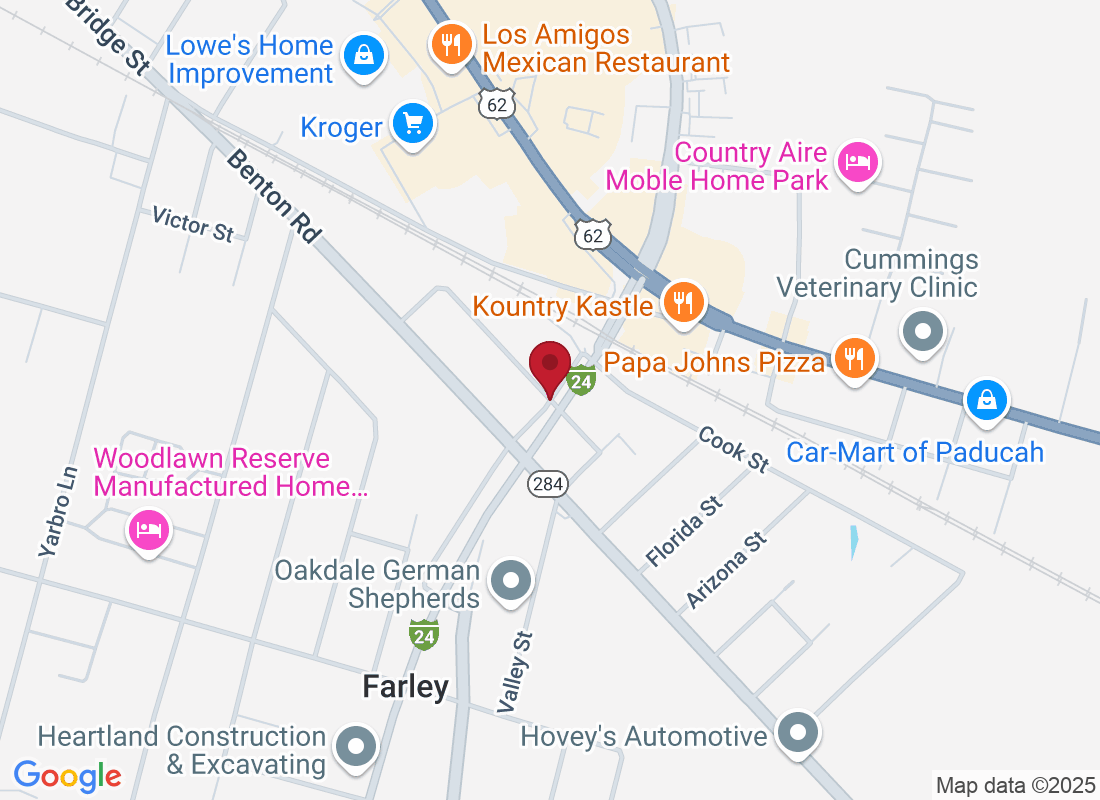Blog

Flat Roof vs Pitched Roof: Which Is Best for Your Home?
Introduction
When it comes to building or replacing a roof, one of the first questions homeowners face is whether to choose a flat or pitched roof. Both styles have advantages and trade-offs, and the decision affects not just your home’s appearance but its maintenance, longevity, and performance.
In West Paducah, where seasonal storms and heavy rains are common, the right roof choice can protect your home for decades. This guide explores flat vs pitched roofs, compares their pros and cons, and helps you decide which option makes the most sense for your home.
Understanding Flat and Pitched Roofs
Flat Roofs
A “flat roof” isn’t perfectly flat — it has a slight slope to allow water drainage. Flat roofs are common on modern homes, garages, and commercial buildings.
Key characteristics:
Minimal slope (usually 1/4 inch per foot)
Simple, modern appearance
Often covered with membranes (EPDM, TPO, PVC) or built-up roofing
Pitched Roofs
Pitched roofs are what most homeowners picture when they think of a roof — a sloped design that sheds water easily.
Key characteristics:
Various styles (gable, hip, mansard, etc.)
Higher pitch means better drainage
Covered with shingles, metal, or tiles
Flat Roof vs Pitched Roof: Key Considerations
Before you choose, think about these factors that impact your home’s performance and long-term cost.
Durability and Lifespan
Flat roofs generally last 15–25 years with proper maintenance. Membrane systems can be repaired relatively easily but are vulnerable to ponding water if not maintained.
Pitched roofs with asphalt shingles often last 20–30 years, and metal roofs can last 40–50+ years. Their natural slope helps prevent standing water issues.
Maintenance Needs
Flat roofs need frequent inspections to spot leaks, cracks, and pooling water. Clearing debris is essential to keep drains open.
Pitched roofs require less frequent maintenance, but inspecting after storms and cleaning gutters is still critical.
Cost and Installation
Flat roofs are generally less expensive to install due to less material and easier access, but long-term maintenance can add up.
Pitched roofs are costlier upfront because of extra framing and materials, but they may offer better long-term value due to longevity.
Energy Efficiency
Flat roofs make it easier to add solar panels or rooftop HVAC units. They may absorb more heat, so insulation is key.
Pitched roofs allow for attic ventilation and can reflect heat better with proper shingle selection, helping regulate indoor temperatures.
Aesthetics and Space
Flat roofs deliver a sleek, modern look and can create usable outdoor space (like a rooftop deck).
Pitched roofs give a traditional appearance and can create attic storage or even living space.
How to Decide Which Roof Type Is Best
When deciding between a flat or pitched roof, follow this process:
Evaluate Your Home’s Architecture
– Modern, minimalist designs often pair well with flat roofs, while traditional homes usually suit pitched roofs better.Consider West Paducah’s Weather
– Our region gets heavy rain, so drainage is critical. If you choose a flat roof, make sure your contractor designs proper drainage to prevent pooling.Set Your Budget
– Flat roofs may have lower initial costs, but budget for ongoing inspections and maintenance.Think Long-Term
– If you plan to stay in your home for decades, a pitched roof may offer more durability and peace of mind.Work With a Local Roofing Expert
– A professional can inspect your structure, recommend the right slope, and explain the pros and cons based on your exact situation.
FAQs
Are flat roofs more likely to leak?
Yes, because water doesn’t run off as quickly. Proper installation and regular maintenance reduce the risk.
Do pitched roofs cost more?
Typically, yes. The additional framing, materials, and labor make pitched roofs more expensive upfront.
Can you convert a flat roof to a pitched roof?
Yes, but it’s a major construction project and should be done by experienced roofing contractors.
Which roof type is more energy efficient?
It depends on the materials and insulation. Flat roofs can support reflective coatings and green roofs, while pitched roofs offer attic ventilation that can improve efficiency.
Which roof lasts longer?
Pitched roofs generally last longer, especially if you choose metal or tile.
Conclusion
Both flat and pitched roofs have their place, and the best choice depends on your home’s style, budget, and long-term goals. Pitched roofs generally offer longer life and better drainage, while flat roofs provide a modern look and cost advantages.
If you’re weighing your options, talk to a local roofing expert. They can help you evaluate your home’s structure and choose a solution that will keep you safe, dry, and worry-free for years.
Our Services
Contact Information
Call (270) 559-9019
Address: 7121 Kentucky 3520 West Paducah Kentucky 42086
And Surrounding Areas
Business Hours:
Mon - Fri : 7:00AM - 5:00PM
Sat : 8:00AM - 12:00PM
© 2025 All Rights Reserved | Manning Roofing and Restoration

